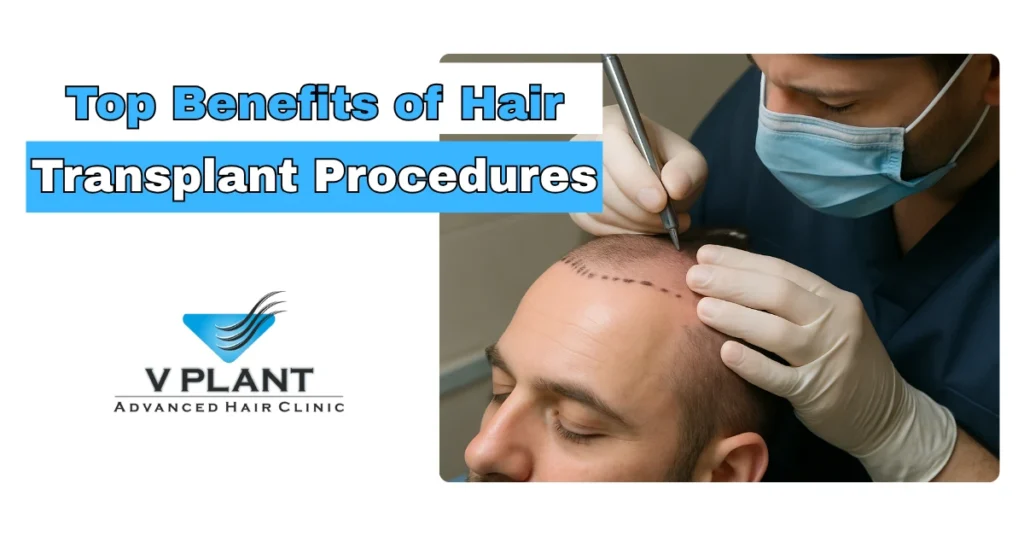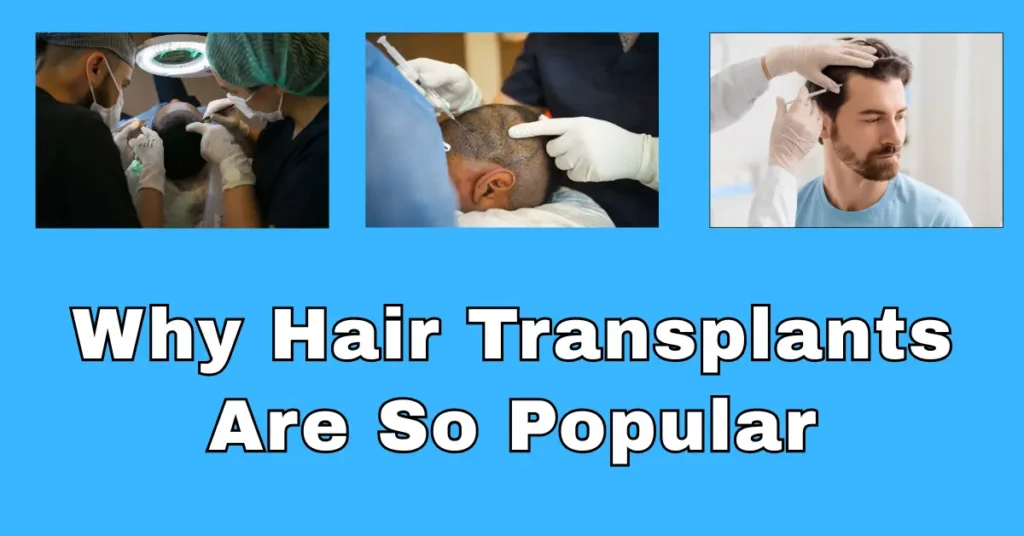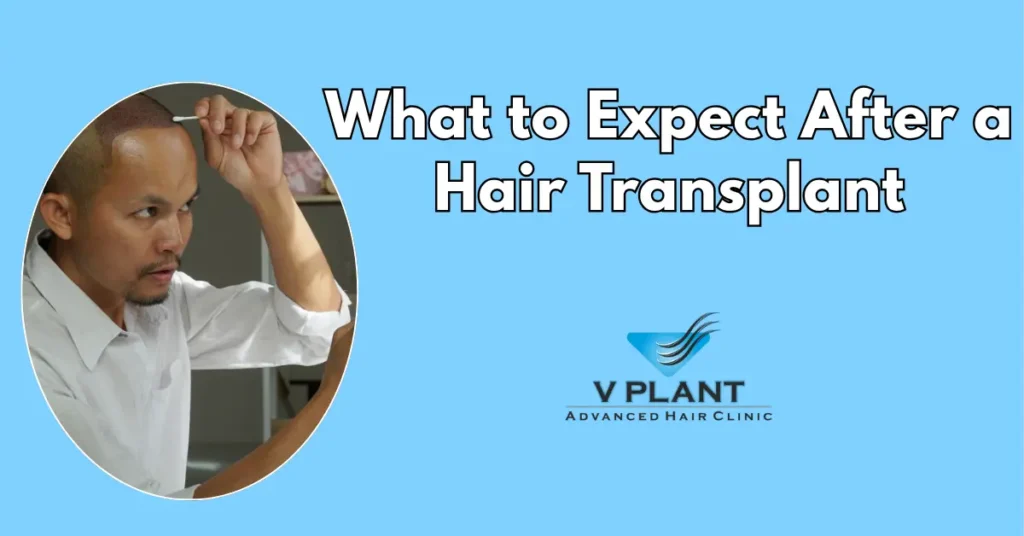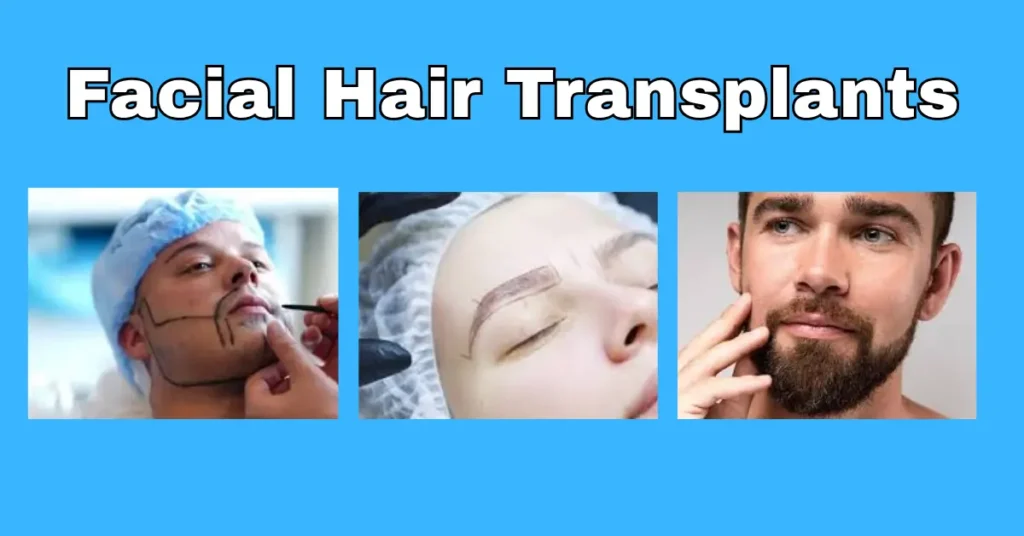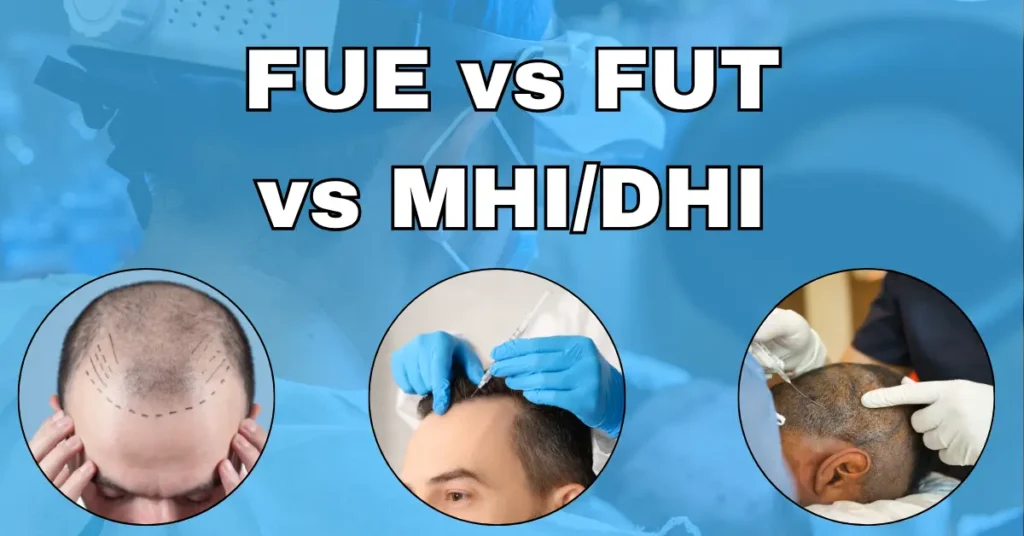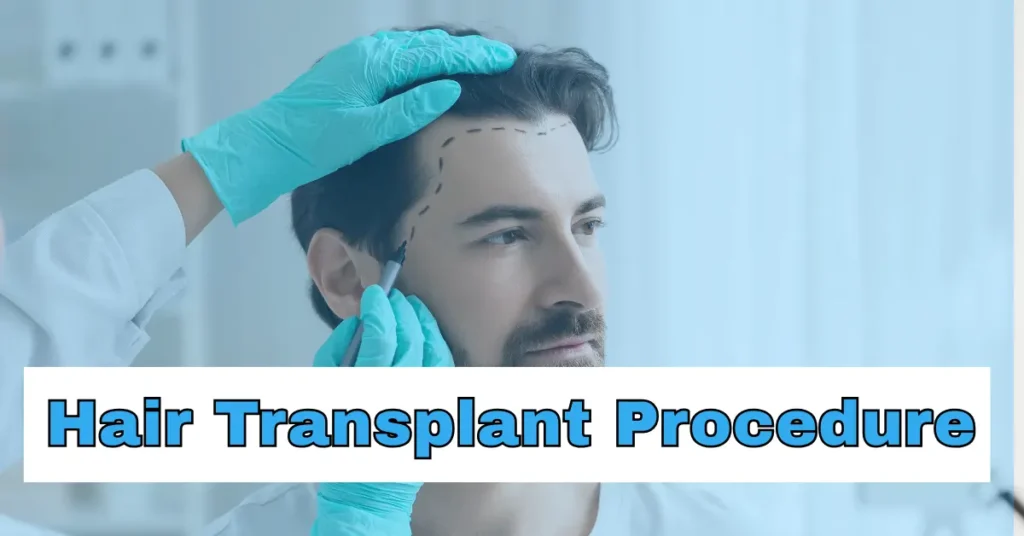Top Benefits of Hair Transplant Procedures go far beyond restoring hair—they help rebuild confidence, improve self-image, and bring back a youthful appearance. If you’re struggling with bald spots, thinning hair, or androgenetic alopecia, a hair transplant procedure could be the solution for hair loss you’ve been searching for. These procedures involve carefully relocating healthy hair follicles—typically from a donor area located at the back of the scalp—to a thinning or bald recipient area. The result? The result is new hair growth that both looks and feels completely natural.
This isn’t just another temporary treatment for hair loss. It’s a long-term fix. Whether you’re a man or woman dealing with a type of hair loss due to age, stress, or genetics, a transplant delivers natural hair regrowth that doesn’t require special shampoos or ongoing salon visits.
Today’s advanced types of hair transplant techniques, including FUE hair transplantations, Follicular Unit Transplantation (FUT), Direct Hair Implantation (DHI), MHI (Modified Hair Implantation), and robotic methods like ARTAS, allow for faster recovery, minimal scarring, and long-lasting results. When performed by experienced hair transplant surgeons, these methods restore not just your hair but your confidence and quality of life.
Why Hair Transplants Matter
Hair loss affects millions and can deeply impact self-esteem and daily life. Many people feel embarrassed or anxious in social situations due to their appearance. Fortunately, hair transplant surgeries have become significantly more advanced, effective, and widely accessible in recent years. These methods are no longer just for celebrities. They’re a real, attainable solution to hair loss for everyday people seeking real results.
With better tools, smarter planning, and highly skilled transplant surgeons, today’s types of hair transplant procedures offer success rates that are higher than ever. Whether you’re looking into FUE, FUT, NeoGraft, DHI, or MHI, each method offers unique advantages depending on your type of hair loss, scalp condition, and desired outcome.
What Happens During a Hair Transplant?
A hair transplant experience typically involves moving hair grafts (tiny clusters of hair follicles) from a healthy donor site to a thinning or balding recipient area. The goal is to restore hair regrowth where you’ve begun to lose hair. The transplanted hair grows in the same way as your natural hair—because it originates from your own scalp. The process is tailored to suit each individual’s hair pattern and desired look.
Let’s break down the top benefits:
1. Permanent Results
Unlike wigs or topical products, hair transplant surgeries offer a permanent solution. Once the hair follicles are moved, they continue growing in their new home. No repeat sessions or daily upkeep required—just regular hair care.
2. Natural Appearance
Your transplanted hair will match your existing hair in texture, direction, and density. Hair transplant surgeons place each hair graft with precision to replicate natural growth patterns, ensuring smooth, undetectable results.
3. Low Maintenance
Once healing is complete, the transplanted hair needs no special treatment. You can wash, style, and live your life as you normally would—with the added benefit of restored confidence and fuller hair.
4. Cost-Effective Over Time
Though the upfront investment in a hair transplant procedure may be higher, it’s a one-time cost compared to the ongoing expense of serums, supplements, or therapy sessions. Over time, it’s the more practical choice.
Types of Hair Transplant Techniques
✅ Follicular Unit Extraction (FUE)
This popular method involves extracting individual hair follicles from the donor site and placing them into the recipient area.
Pros:
- Tiny scars, barely visible
- Faster healing and return to daily life
Cons:
- Takes longer than some methods
- Requires an experienced hair transplant surgeon
✅ Follicular Unit Transplantation (FUT)
FUT, also referred to as the strip method, involves removing a small strip of scalp from the donor area to extract and transplant hair grafts.
Pros:
- Efficient for large transplant sessions
- Typically more affordable
Cons:
- Leaves a linear scar
- Slightly longer recovery
✅ Direct Hair Implantation (DHI)
A step up from FUE, DHI uses a special pen-like tool to place follicles directly without prior incisions.
Pros:
- High precision and natural look
- Less trauma to scalp = quicker recovery
Cons:
- Higher cost
- Not available at all clinics
✅ Modified Hair Implantation (MHI)
MHI is a blended approach that combines DHI and FUE techniques, offering faster outcomes and improved hair density.
Pros:
- Custom-tailored to hair texture and density
- More control over angle and placement
Cons:
- Requires advanced surgical skill
✅ NeoGraft & ARTAS Robotic FUE
These automated versions of FUE use machines to extract and implant hair follicles efficiently.
NeoGraft Benefits:
- Faster, less fatigue for the surgeon
- Comfortable recovery for the patient
ARTAS Benefits:
- High precision
- Reduces human error
Drawbacks:
- Higher cost
- Less “human touch”
Things to Consider Before Getting a Hair Transplant
- Selecting the appropriate hair transplant method depends on several personal considerations.
Type of Hair Loss: Whether it’s androgenetic alopecia or scarring alopecia, the cause and pattern matter. - Budget: Some techniques like DHI or ARTAS are pricier due to advanced tools.
- Doctor’s Expertise: Always choose a skilled, experienced hair transplant surgeon. Your results depend heavily on their technique and planning.
- Recovery Goals: If minimal downtime is important, FUE or DHI might be a better fit than FUT.
- Hair Transplant Expectations: It’s important to be realistic—results take time, and growth is gradual over 6–12 months.
Final Thoughts
A hair transplant often serves as a transformative solution to hair loss, restoring both appearance and confidence. With options like FUE, FUT, MHI, and DHI, there’s a method to fit every lifestyle, hair type, and budget. The key is to consult with trusted transplant surgeons, review your goals, and select the best fit for your needs.
Whether you want to fill in bald spots, reverse hair thinning, or just restore your hairline, a hair transplant experience offers hope—and results. The transplanted hair becomes a lasting part of your scalp—ready to grow, thrive, and be enjoyed like your natural hair.










